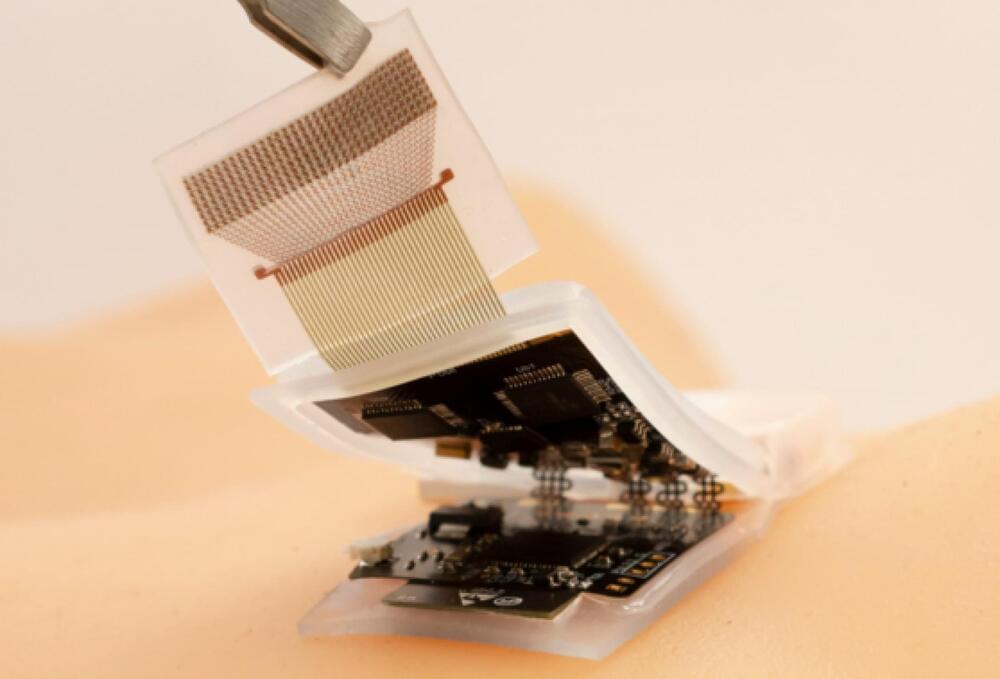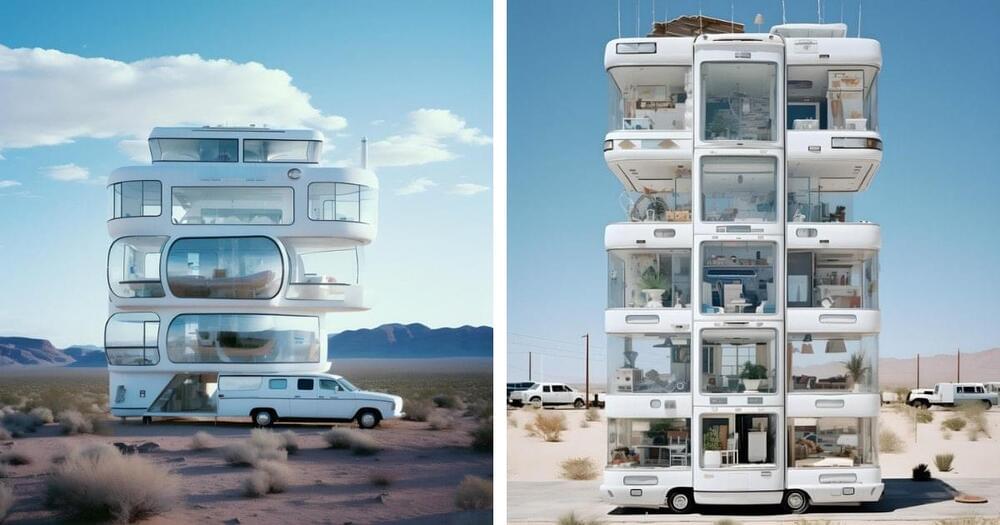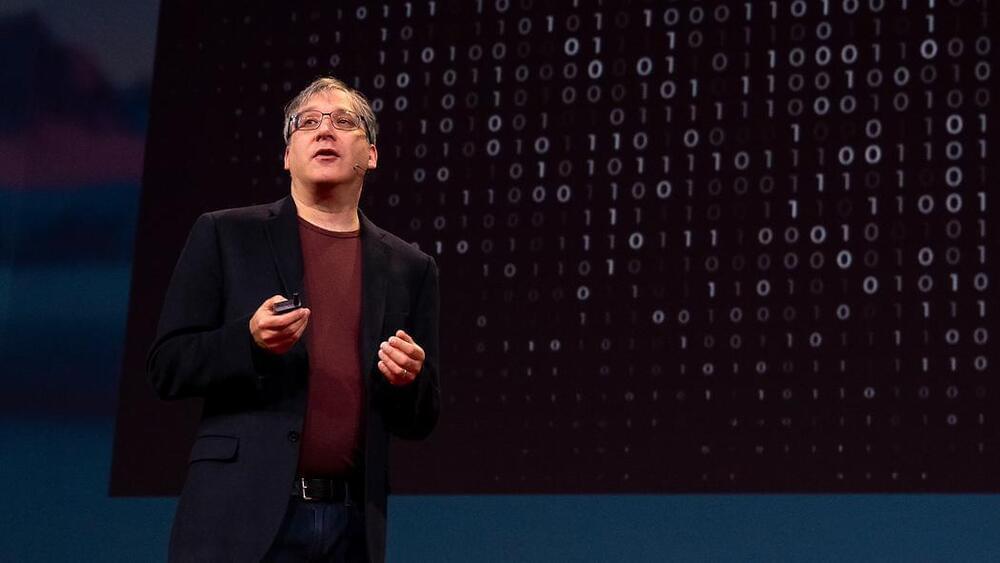The device can track body signals from tissues as deep as 164 mm for up to twelve hours at a time.
A team of researchers and scientists from the University of California San Diego have developed a stick-on ultrasound patch, also called an ultrasonic system-on-patch (USoP), which a person can wear on the go as the device gives insight on the blood pressure, heart rate, and other physiological signs of the subject wearing it.
As per the press release, the USoP tracks these body signals from tissues as deep as 164 mm for up to twelve hours at a time.
Lin et al.
As per the press release, the USoP tracks these body signals from tissues as deep as 164 mm for up to twelve hours at a time.








